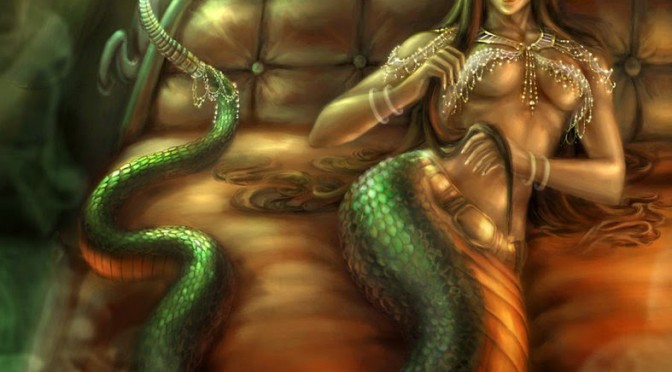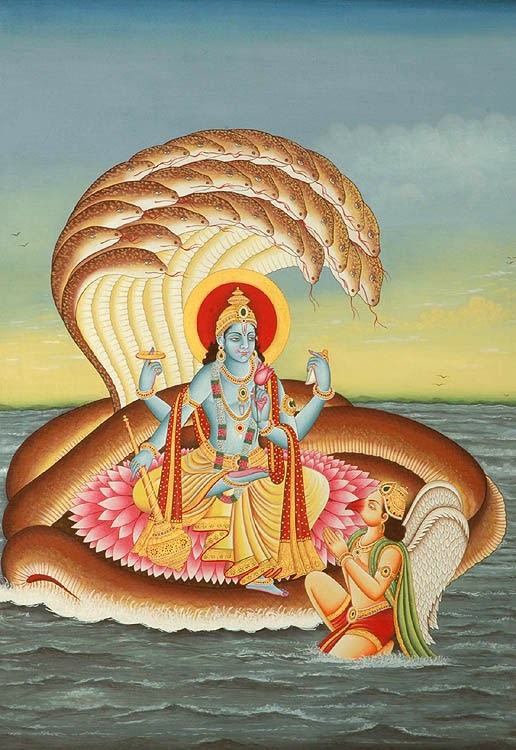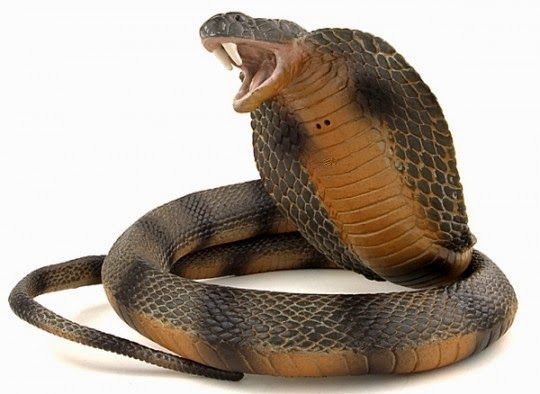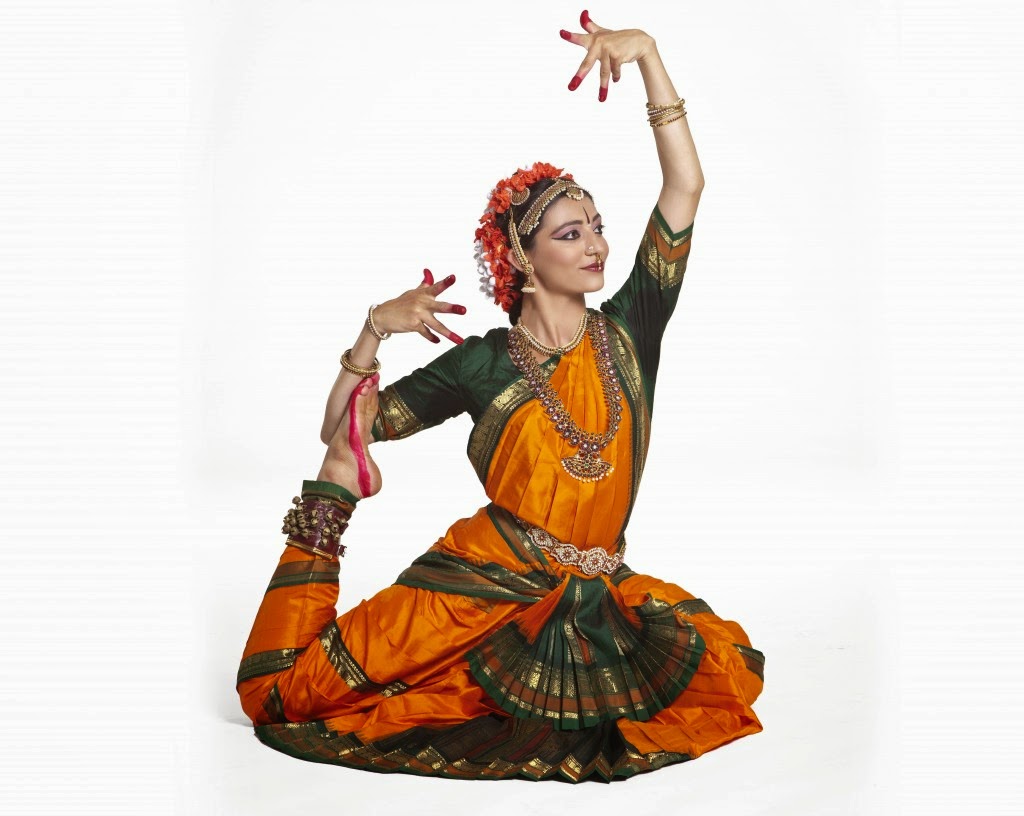In the Alters’ World (and the series of books found here), creatures of legend reveal themselves to the world. Born through genetic abnormalities, defects and mutations, the Alters have lived for centuries as outcasts of human society, hiding their true nature from the world while colorful stories have been written by many to describe what they’ve seen. How are these creatures different from what was described in the stories? What relationship do they have with humanity? Every entry of the Alterpedia will delve into a new creature from around the world. This week we cover:
Naga
 |
| Source: Ninsianna |
The enemies of Garuda, the Naga is an entity of many forms and functions in Hindu mythology. Though they are often depicted as violent aggressors, the tormentors of all living creatures, they also have been known to serve the gods and bring balance to the Earth. Because of this, Naga, and the snakes they are based on, have a love-hate relationship in many parts of South East Asia, with some villages even worshipping cobras and the deities they represent.
But are they just snakes or is there something more to them? What are the Naga really?
Appearance
Mythology
The Naga’s natural form is that of a snake, specifically a cobra, and it spends much of its time in this form. Though the depictions of what that may entail change from one place to another, the typical traits of a serpent are always present. Sometimes, these forms are also known to have multiple heads (up to thousands) or hoods large enough to support the earth on them.
However, the Naga are also known to be capable of changing their shape and may appear human as they please. In these cases, the Naga often interact with people as people indistinguishable from human before presenting their true snake-like nature. One good example of this was Shesha, the Naga supporting the earth upon his head. Originally, he encountered Brahma (one of the great deities of Hinduism) under the guise of a human. Being asked to stabilize the unstable earth, Shesha took his snake form and went beneath the earth before balancing the earth on his many heads.
Alters
Naga are, like many Alters, more human appearing than depicted in the stories. From a distance, a Naga may appear to be perfectly normal. Their skin-tones match a wide variety of people from southern Asia, the middle-east and northern Africa.
It is only upon closer inspection that one starts to recognize that the texture of their skin may be very snake-like and that their eyes can be unusual. The typical Naga also has pronounced canines, almost fang-like, which are semi-retractable and only noticeable when the Naga is agitated.
These traits, combined with a renowned talent for flexibility, make the Naga people very snake-like to anyone who would be pressed to describe them in detail. Though, often, their talents and natural beauty trump their intimidating cobra-like traits and many have come to be known as alluring and exotic by those who have come in contact with them.
Talents
Mythology
Naga, like many Hindu deities, have a natural talent to shapeshift. They tend to travel in human forms for a great deal of time but can turn into their natural snake form whenever they please. This ability to shapeshift also allows them to grow new heads, much like a Hydra. However, the number of heads typically depends on the task they have been given to accomplish.
Also, their venom is supposed to be quite powerful, what with their natural connection to Cobras. This has been one of the primary reasons for worship of Garuda, whom is immune to their venom and is said to be able to grant protection against lesser venoms as a result.
They are also considered to be nature spirits in control of rains and rivers. With the protection of the Naga, villages are given rain, fertile soil and protection against drought. However, a wrathful Naga can bring about the same droughts they prevent or, alternatively, severe floods.
Alters
Though it is not an unheard of talent within the Alter community, Nagas are not actually shapeshifters. The origins of this myth come due to a skeleton which more closely mimics that of creatures such as cats. Due to a less pronounced clavicle and a much more flexible spine, the Naga people are incredibly flexible and can often become professional contortionists or dancers.
Their venom is also something of an exaggeration. Though Naga saliva is actually somewhat toxic to other people, it is not of the same quality as a Cobra’s venom and for many people will only cause a severe allergic reaction or a similarly severe infection. This is not to be taken lightly, however, as the impacts of such infections can be as bad or worse than the venom of some snakes.
As for their attachment to rain, modern Alter researchers theorize that the Naga dancers were, at one time, much like the rain dancers of the North American continent. Though the effectiveness of these dances is up for question, the memory of this ceremonial act could have carried on to form the basis of the belief that they were nature spirits with power over the elements.
Behavior
Mythology
Naga have traditionally been known as the persecutors of all things. They are not inherently evil and can sometimes be very helpful to worshippers and higher gods. But they are also known to be aggressive, violent and capable of holding grudges. Their infamous feud with Garuda, for instance, was said to be caused by the Naga mistreating Garuda and his family.
However, when they are not acting as the aggressive persecutors of people, they have a tendency to be of great help to divine beings. One of the more famous Naga of Buddhism is Mucilinda who protected Buddha from the elements after his enlightenment, shielding him from a torrential downpour with his cobra-like hood. Mucilinda did not receive any reward for this and instead seemed to have been overjoyed to help someone of such enlightenment.
As such, Naga, like the snakes they are associated with, are essentially neutral parties who are viewed not so much as good or evil but rather forces of nature who are best left alone. A Naga at peace is a gentle and protective force, but one filled with wrath will end you like nobody’s business.
Alters
Like with many Hindu and Buddhist deities, the depiction of Naga in mythology is fairly balanced and even human-like. They are not aligned to any specific stereotypical form of good or evil and thus they are as people would be. As a result, Alters share a lot of the personality traits of their mythological counterparts. However, a few things have been missed by the mythology due to the more human characteristics of the Naga people.
First, Nagas are prolific dancers. Due to their skeletal structure and stamina, they’re incredibly graceful, flexible and capable of achieving poses that many others could not. As a result, you’ll often find them being professional dancers in forms that require a lot of fluid, nearly inhuman motions.
Second, Nagas are actually somewhat playful with people. Though they are typical people with a wide variety of personality, they all enjoy using their talents to make others uncomfortable or simply amazed. After all, if you could do this:
Wouldn’t you show it off?
(I write books. If you enjoy these articles and the world they’re based on, give them a read!)














